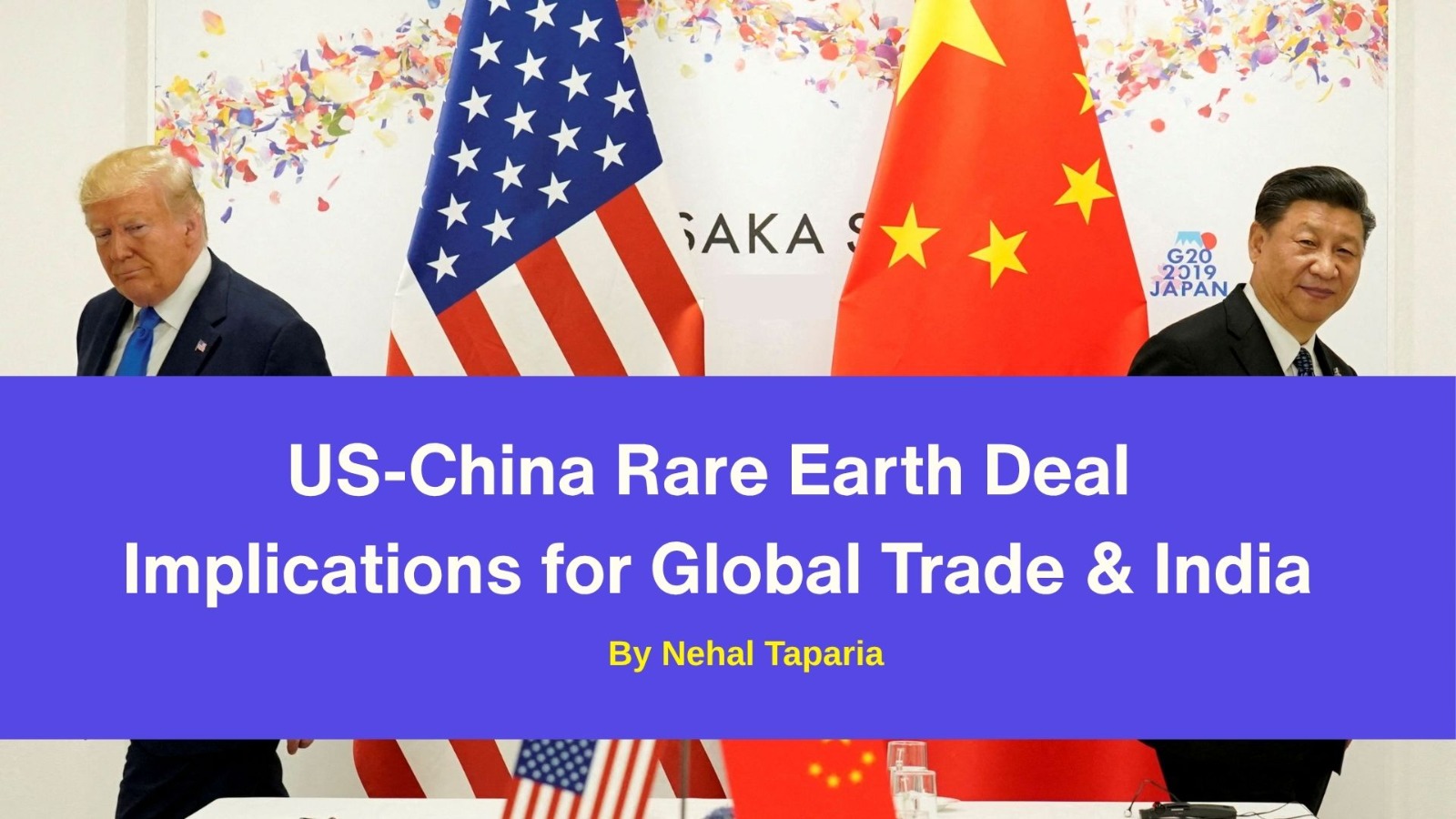Understanding the Impact of U.S. Inflation on the Indian Market

Understanding the Impact of U.S. Inflation on the Indian Market
U.S. Inflation in August 2025: Key Highlights
In August 2025, the U.S. Consumer Price Index (CPI) rose by 2.9% year-over-year, marking the highest increase since January. Core inflation, which excludes food and energy prices, stood at 3.1%. This uptick was primarily driven by higher costs in housing, groceries, and gasoline.
Despite these inflationary pressures, the Federal Reserve is anticipated to reduce interest rates in the upcoming meeting. This decision is influenced by a cooling labor market and declining jobless claims, which suggest a need to stimulate economic growth.
Positive Implications for the Indian Market
The developments in the U.S. economy have several positive implications for India:
Lower U.S. Interest Rates: A rate cut by the Federal Reserve is expected to decrease the strength of the U.S. dollar. This could lead to a more favorable exchange rate for the Indian rupee, benefiting exporters and reducing import costs.
Capital Inflows into Indian Markets: As the U.S. interest rates decline, investors may seek higher returns in emerging markets like India. This could result in increased foreign direct investment (FDI) and foreign institutional investment (FII), boosting the Indian stock market.
Stabilization of the Indian Rupee: The anticipated weakening of the U.S. dollar may help stabilize the Indian rupee, which has recently faced downward pressure due to trade tensions and tariff impacts.
Improved Export Competitiveness: A favorable exchange rate and reduced import costs can enhance the competitiveness of Indian exports in global markets, potentially leading to increased export volumes and economic growth.
Conclusion
The recent U.S. inflation data and the anticipated interest rate cuts by the Federal Reserve present a favorable environment for the Indian market. Lower U.S. interest rates can lead to a weaker dollar, increased capital inflows, and enhanced export competitiveness, all of which contribute to a positive economic outlook for India.
By Nehal Taparia
This content is for educational and knowledge purposes only and should not be considered as investment or Trading advice. Please consult a certified financial advisor before making any investment or Trading decisions.
Our Recent FAQS
Frequently Asked Question &
Answers Here
Q1: How does U.S. inflation affect the Indian market?
U.S. inflation influences global economic conditions. Higher inflation can lead to increased interest rates in the U.S., strengthening the dollar and potentially causing capital outflows from emerging markets like India. Conversely, lower inflation may result in rate cuts, weakening the dollar and encouraging investment in Indian markets.
Q2: What is the relationship between U.S. interest rates and the Indian rupee?
Q3: Will the Indian stock market benefit from the U.S. Federal Reserve's rate cut?
Q4: How can Indian exporters benefit from these developments?
Copyright © By The Stock Learning. Design & Developed by Techno Duniya










